The supply of liquid feed raw materials within the UK is done on a regional basis. Therefore raw materials vary from terminal to terminal. In Scotland and the North of England there is a capability to produce different products to those produced in the south of the UK. For this reason Lakeland-Scottish Feeds & Services offers the standard range of molasses products but we also have some enhanced products of our own, traded under the "F1" prefix. These are F1 Supermol, F1 Shine Molasses and F1 Viking Molasses.

Our signature molasses blend.
| DM Basis | |
|---|---|
| Dry matter % | 64 |
| Sugar % | 46 |
| Protein % | 15.5 |
| ME MJ/KgDM | 13.1 |

Molasses with Glycerin.
| DM Basis | |
|---|---|
| Dry matter % | 70 |
| Sugar % | 46 |
| Total Sugar Equiv.* | 58% |
| Protein % | 7.5 |
| ME MJ/KgDM | 14.3 |
* Glycerol cannot be expressed as sugar but is included as sugar equivalent

Hard-working, excellent value!
| DM Basis | |
|---|---|
| Dry matter % | 54 |
| Sugar % | 46 |
| Protein % | 9 |
| ME MJ/KgDM | 12.7 |
It is a common misunderstanding that having too much sugar in the diet can lead to sub-clinical and clinical acidosis, and all of the problems that come along with it. But using a quality molasses product in the correct way can be highly positive.
Dr Gregory B Penner (University of Saskatchewan) showed us that the use of sugar at around 7% of dietary dry matter had many beneficial effects.
Sugar was more positive at maintaining a healthy glucose uptake than starch (twice as good). When sugar replaces starch in the diet it does not reduce the rumen Ph.
Part of this response is due to the rumen microbes and protozoa accumulating glycogen.
The complex sugars (like those in molasses) produce acetate, propionate and butyrate. Butyrate is important to maintain the health of the papillae in the gut and stimulating insulin production which in turn increases both glucose uptake and amino acid uptake.
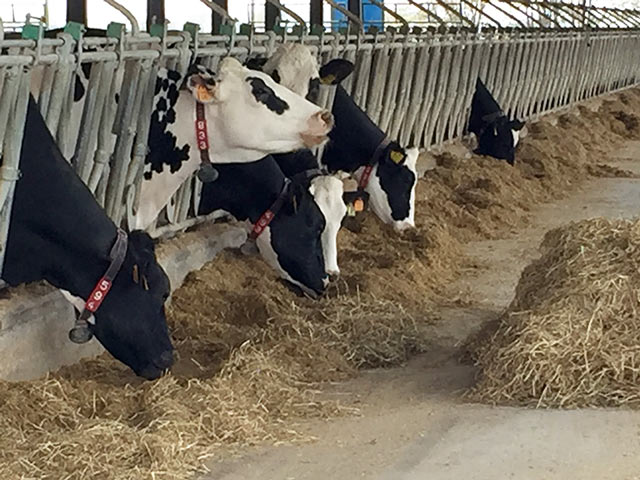
F1 Shine Molasses is a free-flowing liquid molasses blend suitable for feeding to all classes of bovine stock and copper tolerant breeds of sheep.
Cane Molasses is used to supply a significant quantity of sugar to the diet, but it has some drawbacks. It is a thick and very viscous liquid which is hard to handle especially when temperatures drop during the winter months.
The simplest way of overcoming this handling issue was found to be the addition of some of the refinery waste liquid in the form of Cane Molasses Solubles (CMS). CMS is not a particularly palatable or digestible product. Much of the Crude Protein is indigestible lignin, however it works well as a thinner.
It seemed pretty obvious to us that we could do better if we reduced the CMS and added Pot Ale Syrup. Pot Ale syrup is the liquid residue from the whisky distillation process. It is a high energy product with 34% Crude Protein and 14.2MJ/Kg DM. Pot Ale syrup can contain high levels of copper if it is derived from copper stills, but the inclusion in Molasses is not high enough to cause a problem to ruminants although we do not recommend it for pedigree lowland sheep breeds and certain crosses.
The inclusion of Soya Oil significantly aids palatability. Soya oil is an aromatic oil which is commonly included as part of the blend formula for the fat spray which is added to dairy cakes.
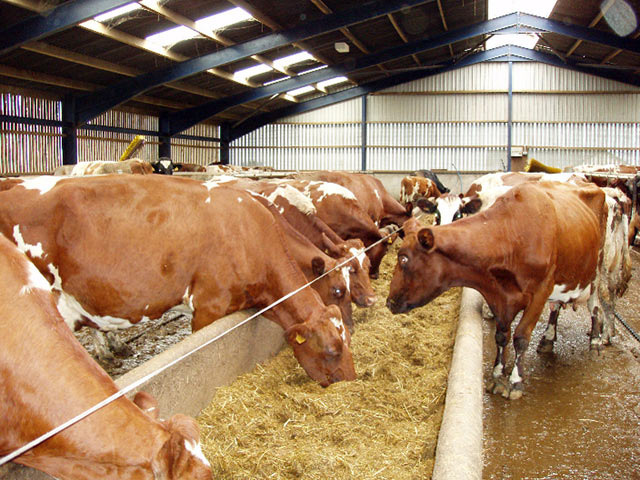
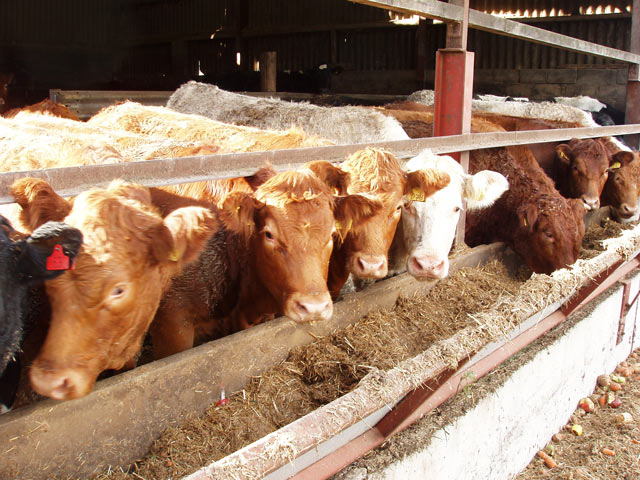
F1 Supermol has been developed by Lakeland Scottish Feeds & Services to provide a liquid with a unique combination of both sugar and carbohydrate energy sources. It has been formulated to include both Cane Molasses and Glycerin.
Glycerin, also know as Glycerol is a simple sugar-alcohol compound. It is a colourless, odourless sweet-tasting high dry matter (80-90%), high energy (17.5 mj/kg) liquid.
There are two ways in which glycerin is metabolised when fed to ruminants; fermentation and rumen absorption.
Fermentation: Glycerol is fermented to propionate and butyrate by ruminal bacteria. Propionate is a key precursor to glucose production in the liver.
Absorption: Once absorbed across the ruminal wall, glycerol is converted to glucose in the liver.
Therefore either way Glycerol is metabolised it has a positive effect on Glucose metabolism in the ruminant. Glucose is a key driver of milk production and milk protein as well as fertility.
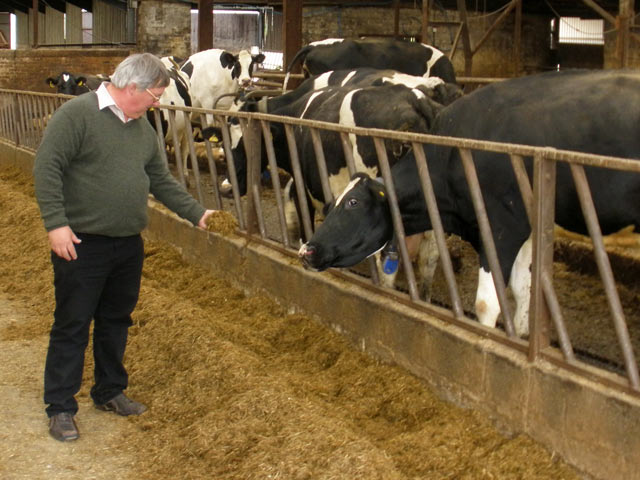
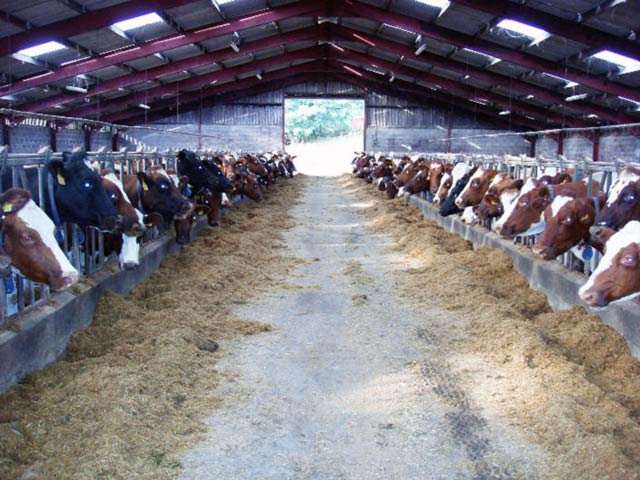
Note: Glycerin does not show up in the analysis as sugar (it is a sugar precursor). This makes the data misleading.
When prices look like they are too high, there is always a concern over value for money and the response is usually to try and cut feed costs.
This is why we have included F1 Viking molasses in our range of liquid feeds.
F1 Viking is a new molasses blend. Just like the Viking longboats, it is reliable, efficient and built for purpose.
We felt that the value of molasses as a pallatising appetite improver and sugar source was too good to rule out of the diet altogether and whilst there are better specifications of molasses blends, we wanted to create a product that was the best value for money at a more palatable price.
It is justified quite easily by the huge body of research and on farm experience that molasses (which does not create acidosis at the 2 Kg level) is frankly such a positive ingredient that it will pay for itself pretty well every time by improving performance beyond its cost.
F1 Viking fits this role perfectly.
F1 Viking is a 54% dry matter 46% sugar 9% protein and has 12.7 MJ/Kg DM energy.
Just for the record, some farmers have asked about the addition of molasses to TMRs and to Compact feed blend pre-mixes.
We recommend that molasses should be added to the least palatable part of the TMR. Generally this will be the straw or the whole crop and not the concentrates.
This approach will generally give the best result for intakes.
Just like those Viking longboats F 1 Viking will get the job done!

Find us on Social Media!
Are you using social media? Reach out to us, read updates related to Ruminant Nutrition and the Dairy & Beef Industry as a whole. Lakeland Scottish Feeds & Services are constantly striving to innovate and develop new technologies and products aimed at helping farmers unleash the full potential of their herd!
Get in touch!
Facebook
Find us on
Twitter